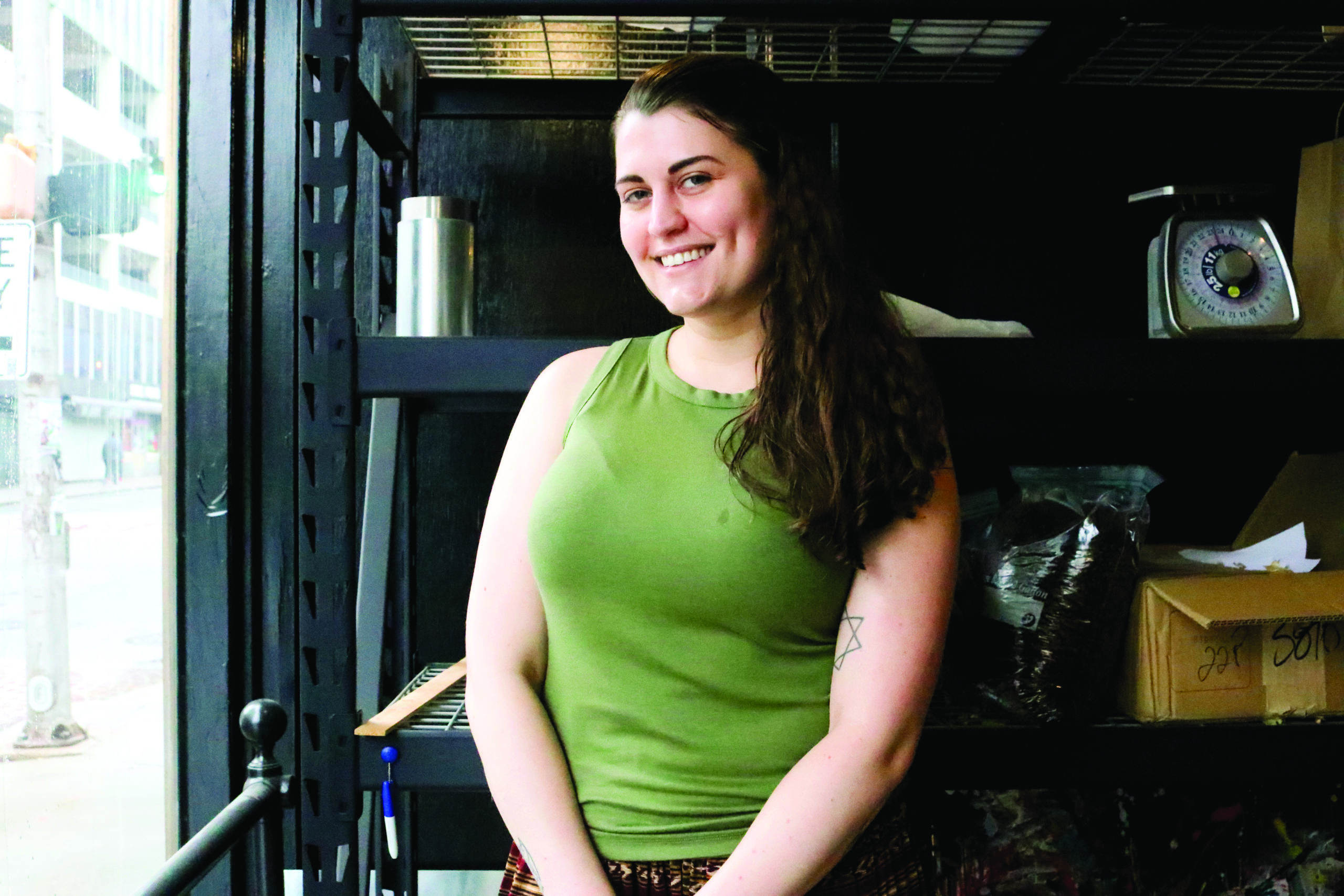
Students interested in journalism, writing, art, film and almost any other major can find a home in Georgia State’s student media.
In addition to The Signal, there are four other student-led media organizations on campus: Album 88, Neo Network, New South and Underground.
Although Underground and New South share a similar origin story, New South tailors to graduate students and writers while Underground was formed as a way for undergraduate students to get their art published.
New South began in 1975 as The GSU Review as a graduate student journal that publishes poetry, nonfiction, fiction and art.
“New South is in its thirteenth year under its current name,” Anna Sandy-Elrod, editor-in-chief, said.
Sandy-Elrod has been in her position for three years, but before that, she spent a year as the poetry editor.
New South operates inside the New South Writing Workshop at Georgia State.
Sandy-Elrod said that planning for production can be very complicated.
“The simple answer is that we read submissions for several months, choosing which to publish, then create the order of the pieces,” she said.
From there, they add feature art folio, a cover and then do final edits before publishing.
Unlike Underground, New South does not decide themes for the journal, with the exception of a biannual “mini-issue” online.
New South has regular events as well as release parties for their issues. They also hold off-site events at the Association of Writers conference.
Sandy-Elrod says that, for the most part, the only challenge is bureaucracy and navigating around administration on campus. However, the strengths of the New South team keep the issues to a minimum.
“Most of the time, [publishing] goes fairly smoothly. We have a solid team,” she said.
New South contributors have received many awards for their writing. Works that have first appeared in New South have also appeared in the “Best American Poetry” series of poetry anthologies, the “New Stories from the South” anthology series and the “Best Small Fictions” anthology. Sarah Green, who is a micro-prose contributor for New South was included in the national publication “Best Microfiction 2020” for her story “Lafayette Indiana.”
New South also holds writing contests. The publication recently announced their 2020 contest.
Copies of New South can be found at various places around campus but can always be found in the English department. Readers can also find the publication’s issues on its website.
Underground spun off from New South and is now on its tenth anniversary of operation at Georgia State. It is also the first undergraduate publication at Georgia State.
Underground, which gets its name from The Underground shopping center, encourages students to submit art of all styles, including creative writing and photography.
Its editor-in-chief, Cayce Tiedemann, says a lot has changed since she took over the journal. She took over the position in May 2019 after holding a poetry position for a year.
“When I first took the position, the journal was virtually unknown around campus,” Tiedemann said. “For many of us, it felt like the English department’s secret clique.”
Tiedemann said that during this period, Underground accepted submissions from all over the world. Typically, only a few Georgia State students were published per issue. She felt that this was one of the main reasons that Underground was so unknown.
“I knew I had to make a lot of changes if I wanted our organization to grow and our journal to stand out,” Tiedemann said.
So, she implemented an Atlanta-based theme and made Underground into a Georgia State-exclusive publication.
The publications first issue under this theme was “IN TRANSIT,” which was a broad theme involving commuting, and “TAKE ROOT,” which is a spring theme focused on what keeps students “grounded.”
“We wanted something that worked as a pair since most of us will be in our positions for both fall and spring issues,” Tiedemann said.
The two themes are meant to complement one another. After choosing a theme, the journal opens up to submissions from students.
There are four main editors for each category: art, production, poetry and prose. The rest of the team are active members who give input and submissions as well.
Tiedemann says that there are no specific obligations when undergrad students join Underground.
“This allows our staff to shine at what they’re comfortable with [creating],” she said.
However, Underground has encountered challenges in production and planning.
“I had to become mindful that some students might join our organization solely to be published in our journal,” she said. “This required me to be more explicit about the terms on which staff members may [submit] their work.”
Underground works with an independent publisher, so their low price allows them to produce what Tiedemann describes as a journal that is “visually stunning and professional.” Occasionally, colors will print strangely or are represented incorrectly.
“The company is more than willing to troubleshoot with us,” she said.
Although there are challenges, the changes Tiedemann and her team have made led to what she says was the biggest turnout in Underground history for their “IN TRANSIT” release party in December 2019.
Underground hosts other events, including an open mic night for their release parties for each issue.
“This gives students an opportunity to see the new issue, share their writing and perform music,” Tiedemann said.
They are currently planning a “Vision Board Party” to encourage students across other fields of creative study.
They also participate in weekly workshops for creative writing and publishing alongside the Emerging Writers Workshop.
Although these publications are of the same beginnings, Underground and New South have formed a different voice and style from one another.
Both New South and Underground are active on Instagram and take submissions through their websites.
